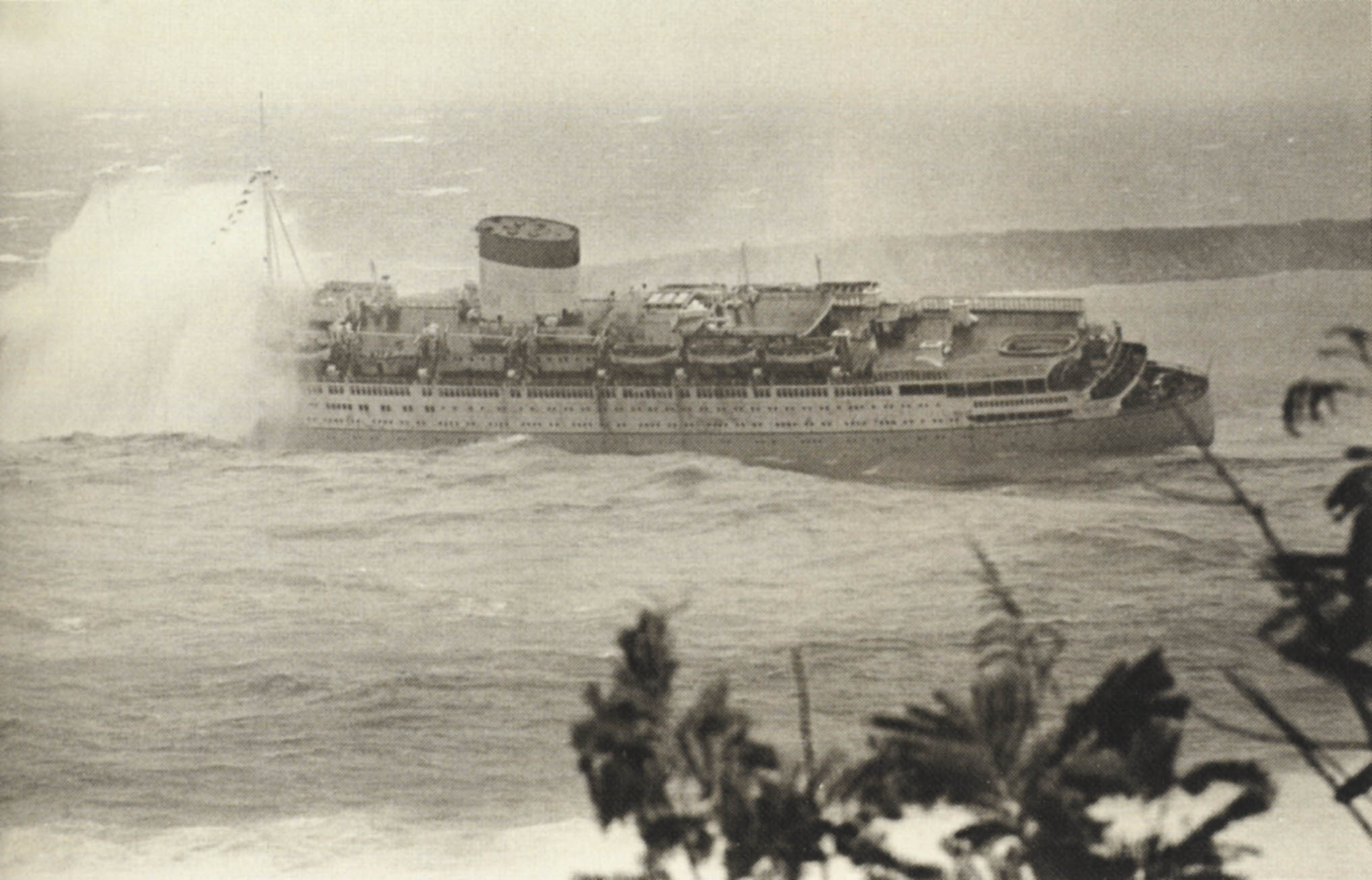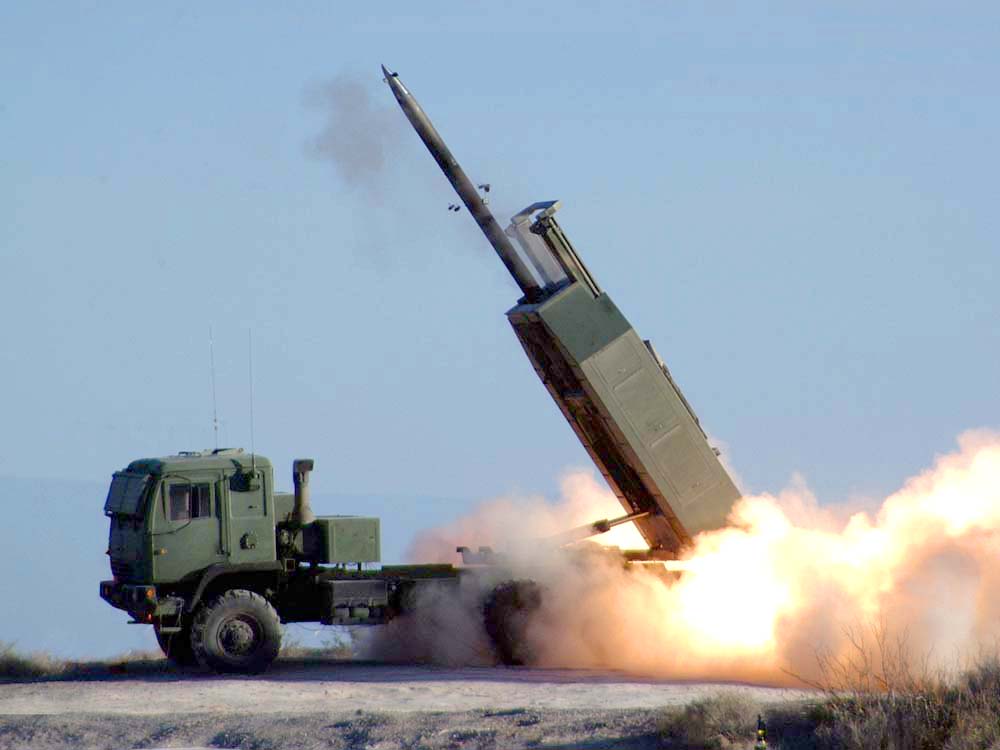|
JDS Ōi
JDS ''Ōi'' (DE-214) is the fourth ship of of Japan Maritime Self-Defense Force. Development and design This class was the first JMSDF surface combatant adopted shelter-deck design. Propulsion systems varied in each vessel because the JMSDF tried to find the most effective propulsion systems for future DEs. The design concept of this class and the CODAD propulsion system of the ''Kitakami''-class became prototypes for later classes of DEs and DDKs, such as and . The gun system was a scaled-down version of the , four 3"/50 caliber Mark 22 guns with two Mark 33 dual mounts controlled by a Mark 63 GFCS. Main air-search radar was an OPS-2, a Japanese variant of the American AN/SPS-12. Construction and career ''Ōi'' was laid down on 10 July 1962 at Hitachi Zosen Corporation, Osaka is a Cities designated by government ordinance of Japan, designated city in the Kansai region of Honshu in Japan. It is the capital of and most populous city in Osaka Prefecture, and the Lis ... [...More Info...] [...Related Items...] OR: [Wikipedia] [Google] [Baidu] |
Apra Harbor
Apra Harbor, also called Port Apra, is a deep-water port on the western side of the United States territory of Guam. It is considered one of the best natural ports in the Pacific Ocean. The harbor is bounded by Cabras Island and the Glass Breakwater to the north and the Orote Peninsula in the south. Naval Base Guam and the Port of Guam are the two major users of the harbor. It is also a popular recreation area for boaters, surfers, scuba divers, and other recreationalists. Geography The geography of Apra Harbor has been extensively modified from its pre-historical state by humans. The entrance to the harbor is flanked by Point Udall (Guam), Point Udall, formerly Orote Point, to the south and Spanish Rocks at the tip of the Glass Breakwater. The Glass Breakwater, built on top of Calalan Bank and the fringing Luminao Reef, connects to Cabras Island, the location of the Port of Guam, which handles more than 90% of civilian cargo imported to Guam. Inland areas in the villages of Gua ... [...More Info...] [...Related Items...] OR: [Wikipedia] [Google] [Baidu] |
Bofors 375mm Anti Submarine Rockets
The 375 mm ASW rocket family is an ahead-throwing anti-submarine rocket system developed by Bofors. The system has three types of launcher with either two, four, or six barrels, and entered service in the 1950s. Sweden used the four-barreled system on the and s. France built the four-barrelled system under licence then developed the six-barrel system and used it on many classes of warship including and destroyers and "A69" D'Estienne d'Orves-class avisos (corvettes). Turkey uses it on the Burak-class corvettes which are all former A69 class corvettes, mainly designed for coastal anti-submarine defense and ocean escort missions. The Netherlands used it in the s. It was also used by Royal Malaysian Navy on the s before they removed it from the ships. Indonesia use it on its three s and Brazil on six s, all of which are still in service. Other unguided ASW systems * Limbo * Squid * Hedgehog * RBU-6000 The RBU-6000 Smerch-2 (Реактивно-Бомбовая Устано� ... [...More Info...] [...Related Items...] OR: [Wikipedia] [Google] [Baidu] |
1963 Ships
Events January * January 1 – Bogle–Chandler case: Commonwealth Scientific and Industrial Research Organisation scientist Dr. Gilbert Bogle and Mrs. Margaret Chandler are found dead (presumed poisoned), in bushland near the Lane Cove River, Sydney, Australia. * January 2 – Vietnam War – Battle of Ap Bac: The Viet Cong win their first major victory. * January 9 – A January 1963 lunar eclipse, total penumbral lunar eclipse is visible in the Americas, Europe, Africa and Asia, and is the 56th lunar eclipse of Lunar Saros 114. Gamma has a value of −1.01282. It occurs on the night between Wednesday, January 9 and Thursday, January 10, 1963. * January 13 – 1963 Togolese coup d'état: A military coup in Togo results in the installation of coup leader Emmanuel Bodjollé as president. * January 17 – A last quarter moon occurs between the January 1963 lunar eclipse, penumbral lunar eclipse and the Solar eclipse of January 25, 1963, annular solar ... [...More Info...] [...Related Items...] OR: [Wikipedia] [Google] [Baidu] |
Commissioned (ship)
Ship commissioning is the act or ceremony of placing a ship in active service and may be regarded as a particular application of the general concepts and practices of project commissioning. The term is most commonly applied to placing a warship in active duty with its country's military forces. The ceremonies involved are often rooted in centuries-old naval tradition. Ship naming and launching endow a ship hull with her identity, but many milestones remain before it is completed and considered ready to be designated a commissioned ship. The engineering plant, weapon and Electronics, electronic systems, Galley (kitchen), galley, and other equipment required to transform the new hull into an operating and habitable warship are installed and tested. The prospective commanding officer, ship's officers, the petty officers, and seamen who will form the crew report for training and familiarization with their new ship. Before commissioning, the new ship undergoes sea trials to identify a ... [...More Info...] [...Related Items...] OR: [Wikipedia] [Google] [Baidu] |
Ceremonial Ship Launching
Ceremonial ship launching involves the performing of ceremonies associated with the process of transferring a vessel to the water. It is a nautical tradition in many cultures, dating back millennia, to accompany the physical process with ceremonies which have been observed as public celebration and a solemn blessing, usually but not always, in association with the launch itself. Ship launching imposes stresses on the ship not met during normal operation and in addition to the size and weight of the vessel represents a considerable engineering challenge as well as a public spectacle. The process also involves Sailors' superstitions, many traditions intended to invite good luck, such as baptism#Boats and ships, christening by breaking a sacrificial bottle of champagne over the bow (ship), bow as the ship is named aloud and launched. Methods There are three principal methods of conveying a new ship from building site to water, only two of which are called "launching". The ol ... [...More Info...] [...Related Items...] OR: [Wikipedia] [Google] [Baidu] |
Keel Laying
Laying the keel or laying down is the formal recognition of the start of a shipbuilding, ship's construction. It is often marked with a ceremony attended by dignitaries from the shipbuilding company and the ultimate owners of the ship. Keel laying is one of the four specially celebrated events in a ship's life; the others are Ceremonial ship launching, launching, Ship commissioning, commissioning, and Ship decommissioning, decommissioning. Earlier, the event recognized as the keel laying was the initial placement of the central timber making up the backbone of a vessel, called the keel. As steel ships replaced wooden ones, the central timber gave way to a central steel beam. Modern ships are most commonly built in a series of pre-fabricated, complete hull sections rather than around a single keel. The event recognized as the keel laying is the first joining of modular components, or the lowering of the first module into place in the building dock. It is now often called "keel ... [...More Info...] [...Related Items...] OR: [Wikipedia] [Google] [Baidu] |
CODAD
Combined diesel and diesel (CODAD) is a propulsion system for ships using two diesel engines to power a single propeller shaft. System A gearbox and clutches enable either of the engines or both of them together to drive the shaft. Two advantages over simply using a single, larger diesel engine of the same total power output are that (1) diesel engines have somewhat better specific fuel consumption at 75% to 85% max output than they do at only 50% output, and (2) there is a weight and size advantage to using two higher-speed engines compared to a single lower-speed engine, even with the slightly larger gearbox system. CODAD vessels Passenger and Car Ferry Ships * M/F Povl Anker Containerships * MV ACX Crystal Coast Guard Offshore General-Purpose Cutters * Iwami-class patrol vessel * Shiretoko-class patrol vessel * Tanjung Datu-class patrol vessel Coast Guard Offshore Security Patrol Cutters * Mizuho-class patrol vessel * Ojika-class patrol vessel Coast Guard M ... [...More Info...] [...Related Items...] OR: [Wikipedia] [Google] [Baidu] |
Japan Maritime Self-Defense Force
The , abbreviated , also simply known as the Japanese Navy, is the maritime warfare branch of the Japan Self-Defense Forces, tasked with the naval defense of Japan. The JMSDF was formed following the dissolution of the Imperial Japanese Navy (IJN) after World War II. The JMSDF has a fleet of 154 ships, 346 aircraft and 50,800 personnel. History Origin Following Japan's defeat in World War II, the Imperial Japanese Navy was dissolved by the Potsdam Declaration acceptance. Ships were disarmed, and some of them, such as the battleship , were taken by the Allied Powers as reparations. The remaining ships were used for repatriation of the Japanese soldiers from abroad and also for minesweeping in the area around Japan, initially under the control of the ''Second Bureau of the Demobilization Ministry''. The minesweeping fleet was eventually transferred to the newly formed Maritime Safety Agency, which helped maintain the resources and expertise of the navy. Japan's 1947 Const ... [...More Info...] [...Related Items...] OR: [Wikipedia] [Google] [Baidu] |
Mark 32 Surface Vessel Torpedo Tubes
Mark 32 surface vessel torpedo tubes (Mk 32 SVTT) is a torpedo launching system designed for the United States Navy. History The Mark 32 has been the standard anti-submarine torpedo launching system aboard United States Navy surface vessels since its introduction in 1960, and is in use aboard the warships of several other navies. During the FRAM Program, , and destroyers were modernized and fitted with two Mark 32 torpedo tubes on each side of their midship. The torpedo tubes' service extended to multiple other countries such as Mexico, South Korea, Taiwan, Turkey, Egypt and many more due to the fact that decommissioned American ships were bought or transferred over to them throughout the years, notably s. Japan uses the HOS-301 torpedo tubes which are redesignated version of the Mark 32. Design Most versions (referred to as modifications or mods) are triple-tube sets that can be rotated or trained to face a target. The exception is the Mod 9 sets, which only have two ... [...More Info...] [...Related Items...] OR: [Wikipedia] [Google] [Baidu] |
Multiple Rocket Launcher
A multiple rocket launcher (MRL) or multiple launch rocket system (MLRS) is a type of rocket artillery system that contains multiple rocket launcher, launchers which are fixed to a single weapons platform, platform, and shoots its rocket (weapon), rocket ordnance in a fashion similar to a volley gun. Rockets are self-propelled in flight and have different capabilities than conventional artillery shell (projectile), shells, such as longer effective range, lower recoil, typically considerably higher payload than a similarly sized gun artillery platform, or even carrying multiple warheads. Unguided rocket artillery is notoriously inaccurate and slow to reload compared to gun artillery. A multiple rocket launcher helps compensate for this with its ability to launch multiple rockets in rapid succession, which, coupled with the large blast radius, kill zone of each warhead, can easily deliver saturation fire over a target area. However, modern rockets can use GPS or inertial guidance t ... [...More Info...] [...Related Items...] OR: [Wikipedia] [Google] [Baidu] |





